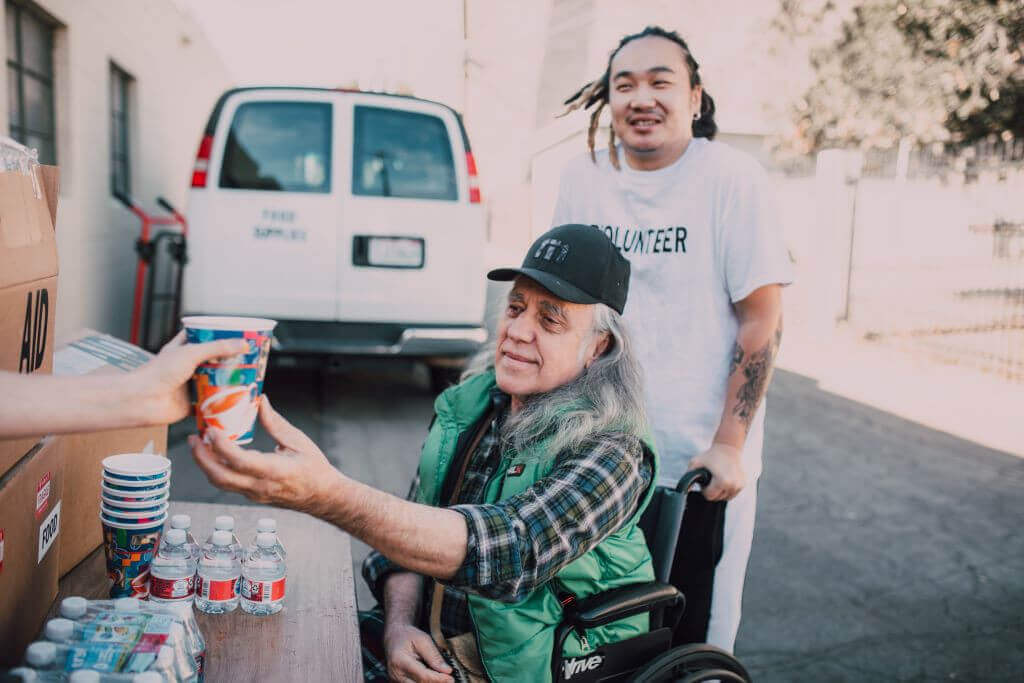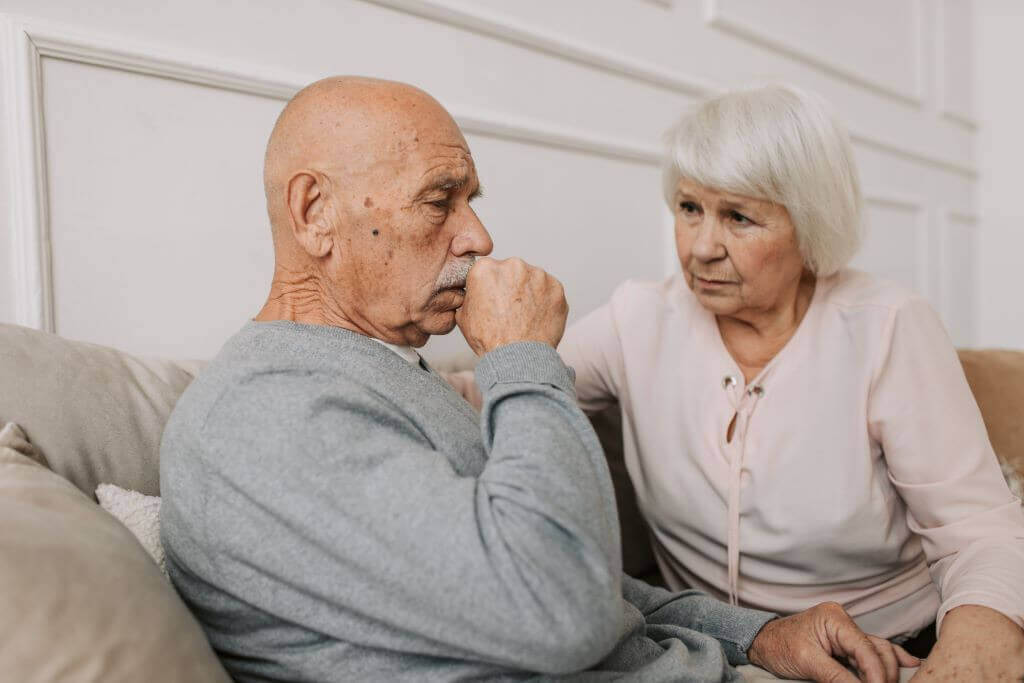Strokes, also known as cerebrovascular accidents or brain attacks, are one of the major causes of disability and death globally. According to a report published by the Centers for Disease Control and Prevention (CDC), someone in the US suffers a stroke every 40 seconds, and one in five of those strokes is fatal.
A stroke occurs when blood flow to the brain is disrupted, leading to the death of brain cells in the affected area. There are two types of strokes. In an ischemic stroke, a blood clot, or other particle, such as plaque blocks a blood vessel. A part of the brain is starved of oxygen, and the blood cells start to die. The other type is a hemorrhagic stroke. In this case, a blood vessel ruptures and leaks blood out onto the brain, creating pressure that damages or kills the brain cells.
Over the last few decades, medical advancements and increased awareness have led to improvements in stroke prevention and treatment and a significant reduction in mortality. For stroke survivors, the prognosis is much better nowadays, but recovering after a stroke is still a considerable challenge. The burden of a stroke extends not only to the survivors but also to their caregivers, who play a vital role in the recovery journey.
Understanding Stroke Recovery:
The damage caused by a stroke depends primarily on the severity and location of the attack. However, the time between the attack and the commencement of treatment and rehabilitation also plays a role in this. The CDC report we mentioned earlier states that stroke victims who get to a treatment facility within three hours suffer less long-term damage than those whose treatment is delayed.
The brain's capacity to recover and rewire after a stroke is known as neuroplasticity. It allows the brain to form new neural connections and reorganize existing ones, enabling functional recovery. The extent of recovery varies from person to person, with around 10% making a full recovery and a further 65% experiencing mild to moderate but manageable impairments. This, according to this PAM Health blog.
Common Physical Effects
Common physical effects of a stroke can vary depending on the area of the brain affected, the severity of the stroke, and the individual's overall health. Some of the most typical physical effects include:
· Hemiparesis or Weakness: One of the most common physical effects is weakness on one side of the body, known as hemiparesis. This weakness can affect the arm, leg, or both, making it challenging to perform everyday tasks like walking, grasping objects, or maintaining balance.
· Spasticity: Spasticity is the involuntary tightening or stiffness of muscles. It can cause muscles to become rigid and difficult to move smoothly, leading to discomfort and interfering with mobility.
· Balance and Coordination Problems: Strokes can affect the brain's ability to control balance and coordination, leading to difficulties in walking and an increased risk of falls.
· Fatigue: Stroke survivors often experience fatigue even after minor physical activity. This overwhelming tiredness can impact their ability to engage in rehabilitation exercises and daily tasks.
· Pain and Sensory Changes: Some individuals may experience pain, numbness, or altered sensations in the affected areas of the body. For instance, they may have difficulty feeling temperature or touch accurately.
· Swallowing Difficulties: Stroke can affect the muscles involved in swallowing, leading to dysphagia (difficulty swallowing). This can pose a risk of choking and may require adjustments to the diet and feeding techniques.
· Speech and Language Impairments: Depending on the location of the stroke, individuals may have difficulties with speaking, understanding language, or expressing themselves verbally.
· Visual Disturbances: Strokes can cause visual impairments, such as blurred vision, double vision (diplopia), or loss of visual field in one or both eyes.
Providing Support for Activities of Daily Living
Most stroke survivors will need assistance with self-care activities during the early stages of recovery when they may have limited mobility and physical function. As their abilities improve, caregivers can gradually encourage more independence while still providing support as needed.
Provide one or more assistive devices. Following a stroke, most people experience severe problems with balance, and the risk of falling is high. Mobility devices provides support to reduce fall risks, but they also help psychologically by restoring a measure of independence. For expert guidance and a comprehensive range of mobility aids, get in touch with an advisor at LL Medico, your trusted partner in senior care requirements.
Make the home safe and accessible. Start by decluttering the house. Remove tripping hazards like carpets and other objects that make it difficult to maneuver with a mobility device. Consider installing grab bars and ramps and ensure that there is adequate lighting to minimize the risk of falls, especially at night. Read this article for more home safety tips.
Rehabilitation exercises play a vital role in post-stroke recovery. They not only help in regaining physical function but also contribute to cognitive and emotional well-being. The physical impairment following a stroke causes immense frustration, so be careful not to exceed the patient’s capabilities when choosing activities.
Many stroke survivors encounter speech and language difficulties, making communication quite challenging. You can use augmentative and alternative communication (AAC) devices like tablets or laptops. Exercise extra patience during the recovery period, as your patient is more likely to become frustrated and agitated when they’re unable to express themselves.
Recovering after a stroke is a journey that requires perseverance, support and compassion. While some survivors experience severe long-term impairment, statistically, 75% will recover most of their abilities and will be able to manage their impairment with some lifestyle changes.
As a caregiver, your commitment and dedication are worth far more than you may think. You’re not only providing physical support and assistance, but you’re also restoring dignity in someone that has suffered severe physical and emotional trauma.
The human spirit is one of ability, perseverance, and courage that no disability can steal away. These words, attributed to American author and disability advocate Robert M. Hensel, echo the resilience and determination inherent in us. It is no less applicable to you, the caregiver, than it is to the patient you are helping along the long and arduous road to recovery.






 855-422-4556
855-422-4556 Chat
Chat E-Mail
E-Mail Monday - Friday 9:00AM to 5:00PM EST
Monday - Friday 9:00AM to 5:00PM EST






 Shopping With LL Medico
Shopping With LL Medico



 855-422-4556
855-422-4556